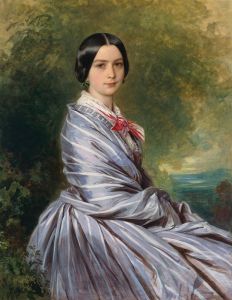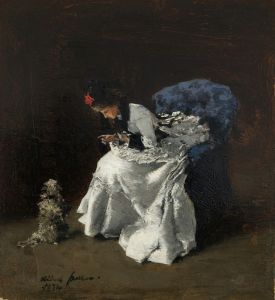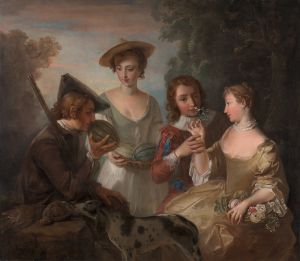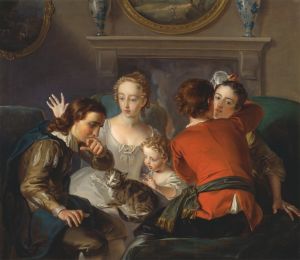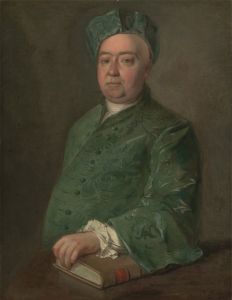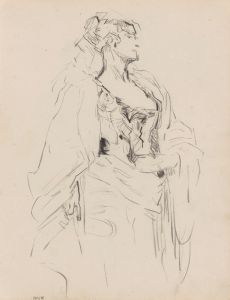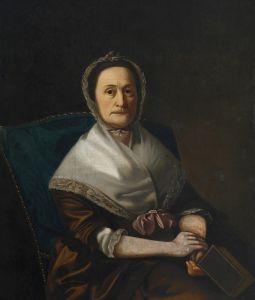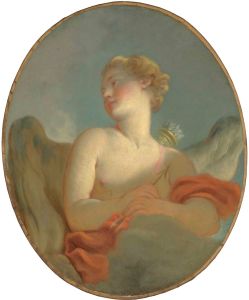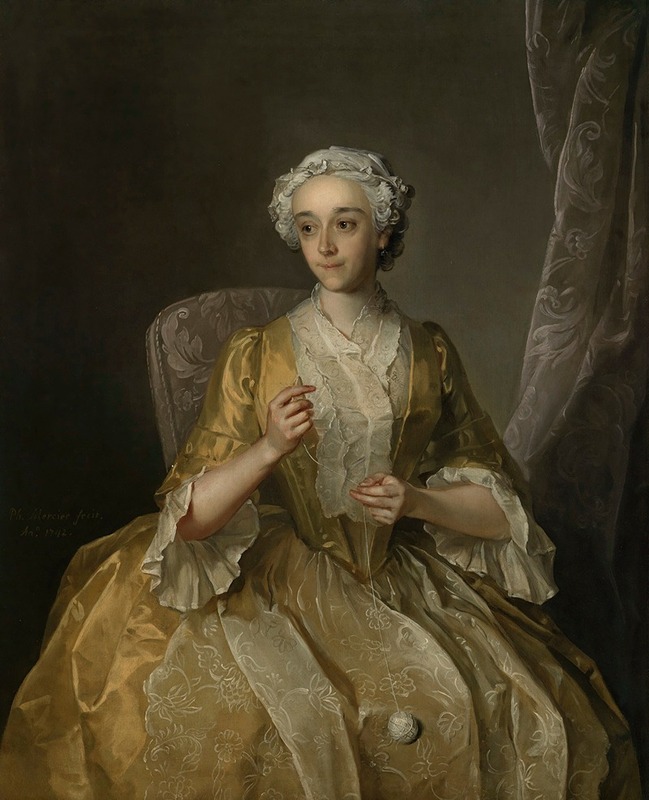
Portrait of a lady
A hand-painted replica of Philippe Mercier’s masterpiece Portrait of a lady, meticulously crafted by professional artists to capture the true essence of the original. Each piece is created with museum-quality canvas and rare mineral pigments, carefully painted by experienced artists with delicate brushstrokes and rich, layered colors to perfectly recreate the texture of the original artwork. Unlike machine-printed reproductions, this hand-painted version brings the painting to life, infused with the artist’s emotions and skill in every stroke. Whether for personal collection or home decoration, it instantly elevates the artistic atmosphere of any space.
Philippe Mercier's Portrait of a Lady is a painting attributed to the French-born artist Philippe Mercier (1689–1760), who was active in England during the 18th century. Mercier was known for his portraits and genre scenes, often blending elements of French Rococo with English artistic traditions. His works were popular among the English aristocracy, and he served as a court painter to Frederick, Prince of Wales, for a time.
The painting, Portrait of a Lady, depicts an unidentified woman, a common practice in portraiture of the period when sitters were not always named or their identities were lost over time. The subject is portrayed in a style typical of Mercier's work, which often emphasized elegance, grace, and a sense of intimacy. The lady is dressed in period-appropriate attire, reflecting the fashion of the early to mid-18th century, with attention to detail in the rendering of fabric and accessories. The background is understated, drawing focus to the sitter and enhancing the overall composition.
Mercier's portraits often aimed to capture not only the physical likeness of his subjects but also their social status and personality. His style was influenced by French Rococo painters such as Antoine Watteau, evident in his use of soft colors, delicate brushwork, and an emphasis on charm and refinement. While Mercier's work was not as highly regarded as that of some of his contemporaries, he played a significant role in introducing Rococo aesthetics to England.
The exact date of Portrait of a Lady is not documented, but it likely falls within Mercier's active period in England, roughly between 1716 and 1756. The painting is representative of the broader trends in 18th-century portraiture, where artists sought to balance realism with idealization, presenting their subjects in a flattering yet recognizable manner.
As with many works from this era, the provenance of Portrait of a Lady is not fully documented, and details about its commission or original ownership remain unclear. The painting is sometimes discussed in the context of Mercier's broader body of work, which includes portraits of notable figures as well as genre scenes depicting everyday life.
Further research into the painting may provide additional insights into its history and significance. However, based on the available information, Portrait of a Lady remains an example of Philippe Mercier's contribution to 18th-century portraiture and his role in the cultural exchange between France and England during this period.





